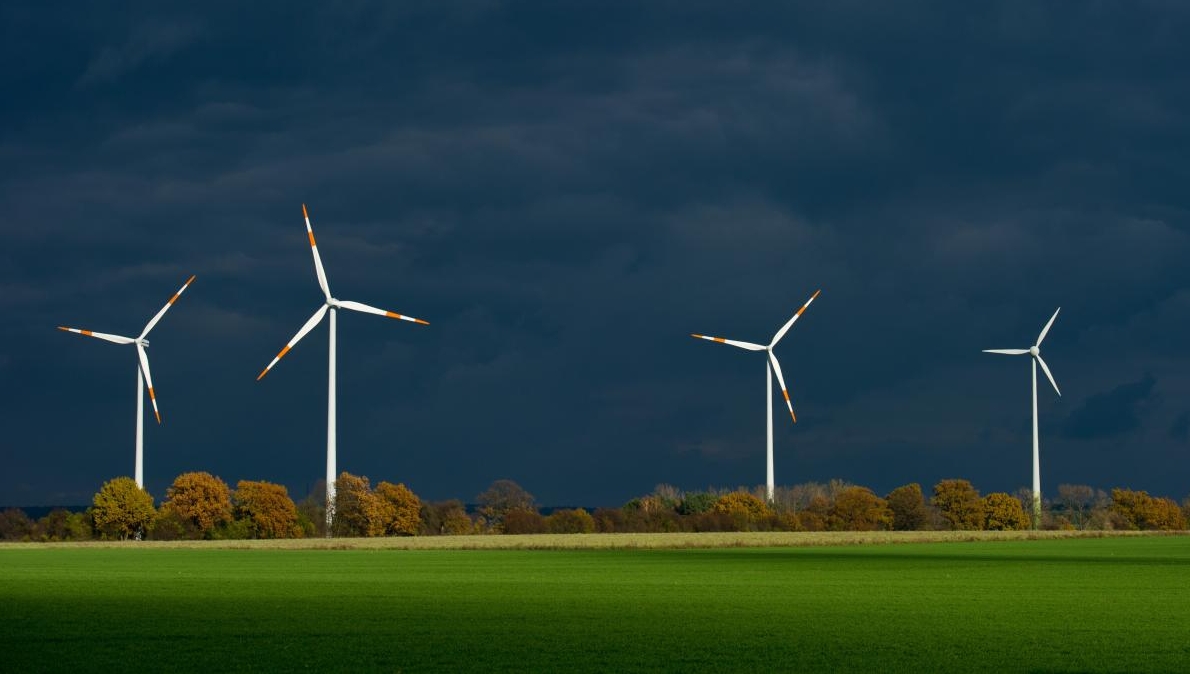03 January, 2013
 (Rinnovabili.it) – With the recognition of the crucial role played by wind power in the global energy portfolio, the wind farm began to cover areas larger and larger by opening the doors to even higher capacity of parks to GW.In past, engineering farms wind was concentrated on a bottom-up approach, in which he considered the availability atmospheric wind in relation to climate and meteorology of the area. However, now it is known that the installations large slow down the atmospheric boundary layer (the atmospheric boundary layer or ABL), ie that portion of the atmosphere where the influence of the underlying surface is relevant to the dynamics, reducing of Consequently, the availability of wind at hub height the turbine, in some cases up to 50%. To solve the problem, the Katholieke Universiteit Leuven (KU Leuven) in Belgium is working on ACTIVEWINDFARMS, project funded by the European Union and aimed at developing a control technology for optimal interaction of wind turbines with the ABL. ACTIVEWINDFARMS is led by Professor Johan Meyers, of the university Belgian and received by the ERC (European Research Council) a grant worth 1.5 million euro under the Seventh Framework Programme. Scientists are currently conducting simulations supercomputing platforms using individual turbines as actuators flow with adjustable speed of the blades. The result will not wind farms designed to react optimally to atmospheric turbulence, but a system able to actively control the conditions of the atmosphere with the aim to increase the power and reduce costs.
(Rinnovabili.it) – With the recognition of the crucial role played by wind power in the global energy portfolio, the wind farm began to cover areas larger and larger by opening the doors to even higher capacity of parks to GW.In past, engineering farms wind was concentrated on a bottom-up approach, in which he considered the availability atmospheric wind in relation to climate and meteorology of the area. However, now it is known that the installations large slow down the atmospheric boundary layer (the atmospheric boundary layer or ABL), ie that portion of the atmosphere where the influence of the underlying surface is relevant to the dynamics, reducing of Consequently, the availability of wind at hub height the turbine, in some cases up to 50%. To solve the problem, the Katholieke Universiteit Leuven (KU Leuven) in Belgium is working on ACTIVEWINDFARMS, project funded by the European Union and aimed at developing a control technology for optimal interaction of wind turbines with the ABL. ACTIVEWINDFARMS is led by Professor Johan Meyers, of the university Belgian and received by the ERC (European Research Council) a grant worth 1.5 million euro under the Seventh Framework Programme. Scientists are currently conducting simulations supercomputing platforms using individual turbines as actuators flow with adjustable speed of the blades. The result will not wind farms designed to react optimally to atmospheric turbulence, but a system able to actively control the conditions of the atmosphere with the aim to increase the power and reduce costs.
Follow us on: